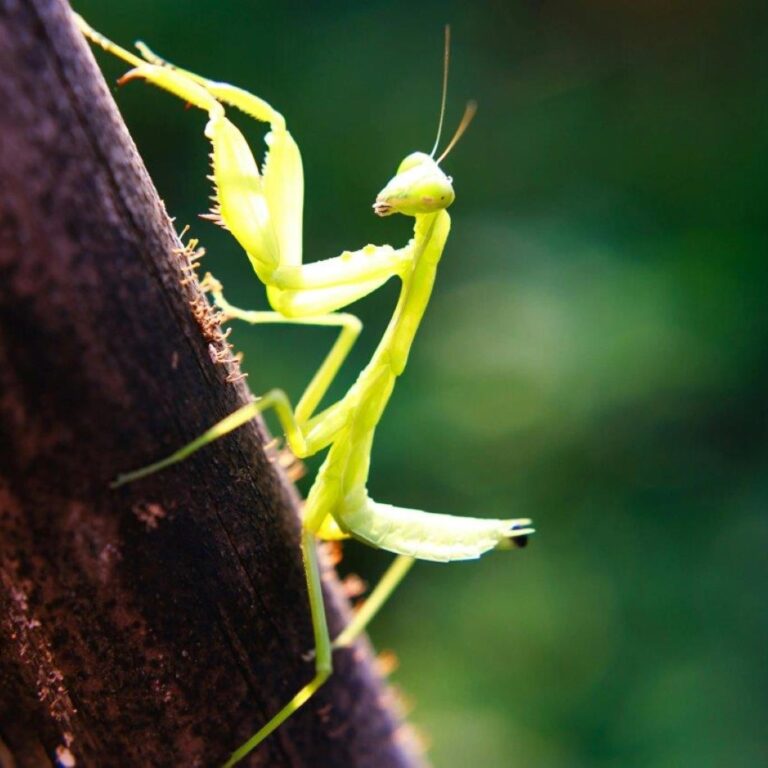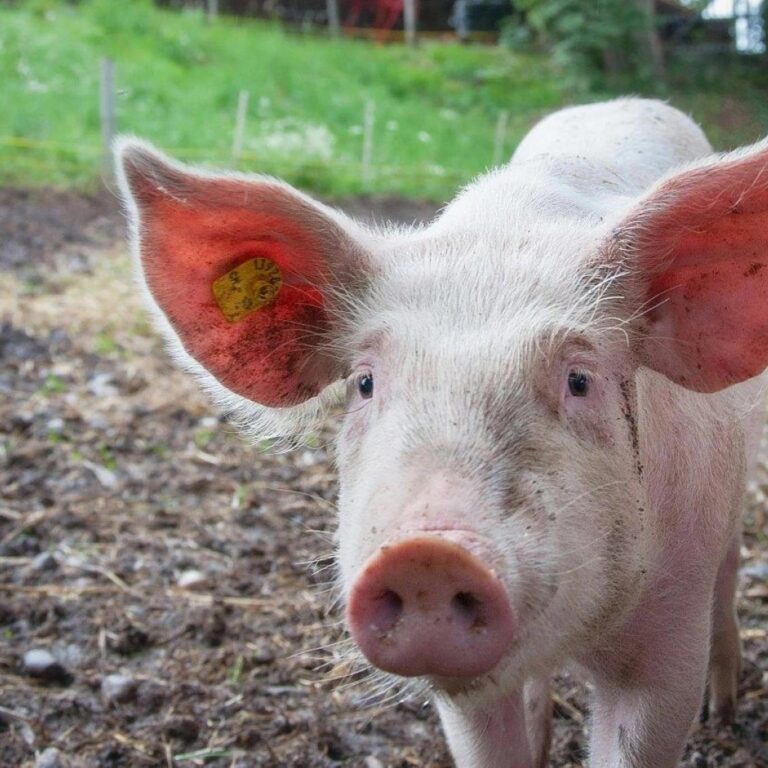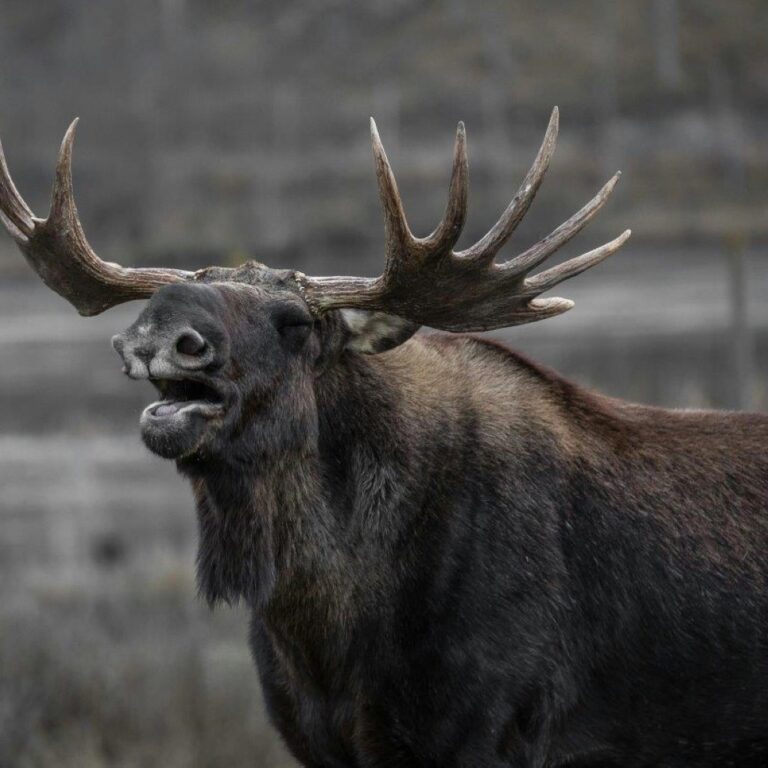The praying mantis gets its name from the way it holds its front legs, which are bent and held together as if in prayer. These legs are adapted for grasping prey with sharp spines that help them hold onto their catch.
There are over 2,400 species of praying mantises worldwide, and they can be found on every continent except Antarctica. They thrive in a variety of habitats, from tropical rainforests to deserts.
Praying mantises are ambush predators, meaning they lie in wait for their prey to come close before striking with lightning speed. Their diet mainly consists of insects like flies, crickets, and moths, but larger mantises have been known to catch small birds, reptiles, and even mammals.
Mantises have excellent vision, thanks to their large, compound eyes that provide a wide field of view. They can rotate their heads up to 180 degrees to scan their surroundings, making them the only insects capable of this movement.
Praying mantises are masters of camouflage. Their body shape and color often blend in with leaves, twigs, or flowers, allowing them to remain hidden from both predators and prey.
The mating habits of praying mantises are infamous. In some species, the female may eat the male after or even during mating, a behavior known as sexual cannibalism. This behavior is thought to provide the female with extra nutrients to help her produce eggs.
Mantises have a unique way of hunting. They can strike with their front legs at a speed of up to 50 miles per hour, capturing prey in just a fraction of a second. Their reflexes are among the fastest in the animal kingdom.
The eggs of a praying mantis are laid in a frothy mass called an ootheca, which hardens into a protective case. A single ootheca can contain dozens to hundreds of eggs, which hatch into nymphs that resemble miniature adults.
Praying mantises are solitary insects and are typically only found together during the mating season. They are highly territorial and may even attack other mantises if they come too close.
Mantises can live for about a year, with most of that time spent as adults. They go through several molts as they grow, shedding their exoskeleton to allow for further development.
In some cultures, the praying mantis is considered a symbol of patience, stillness, and mindfulness, due to its slow, deliberate movements and its ability to remain motionless for long periods.
Praying mantises are beneficial insects in gardens and farms, as they help control pest populations. However, they are not selective and will eat both harmful and beneficial insects.
The wings of a praying mantis are often brightly colored or patterned, which can startle predators when the mantis spreads its wings in a defensive display. Despite having wings, some species are not strong fliers and rely more on their camouflage for protection.
The mantis shrimp, often confused with the praying mantis due to its name, is actually a different type of crustacean with its own impressive hunting skills.
Conservation efforts for praying mantises are generally minimal, as they are widespread and adaptable. However, maintaining natural habitats and reducing pesticide use can help support healthy mantis populations.



